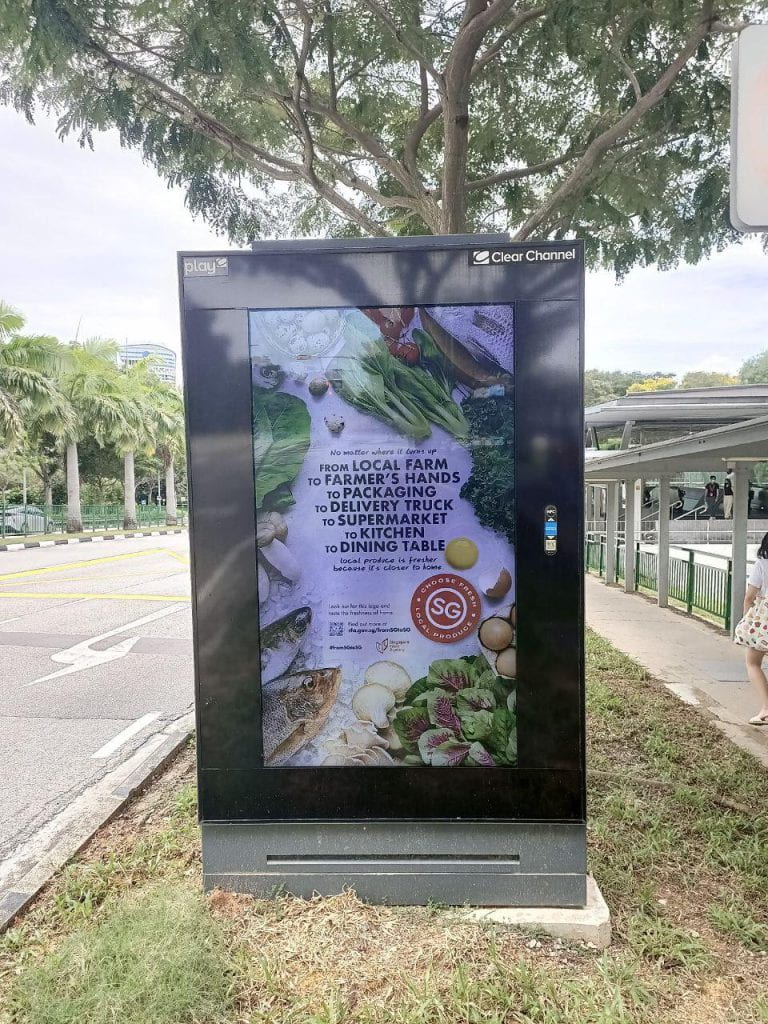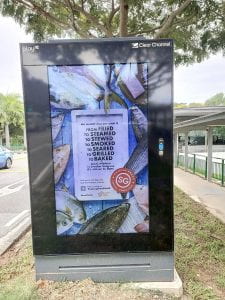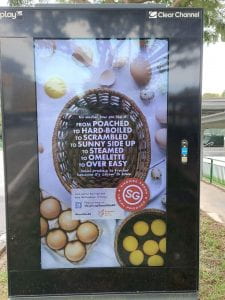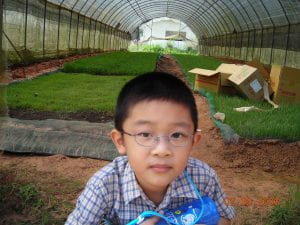Hi everyone, welcome back. Today, we are looking into efforts to support local produce.
Before we look into the current measures, let’s take a quick look at what has been done before. In 1971, Singapore took part in the United Nations Food and Agricultural Organisation’s coin programme, which started in 1966 and saw around 100 participating countries.
Now this was in 1971 and was probably referring to capture fisheries instead of just aquaculture. As mentioned in slide 49 of today’s lecture, the percentage of biologically sustainable fish stocks was comfortably above 75% then.
So what has Singapore done to increase awareness of local food production? In February this year, SFA announced the launch the SG Fresh Produce (SGFP) logo that has been rolled out in August 2020.

Extracted from “Supporting Local Produce” https://www.sfa.gov.sg/food-farming/sgfoodstory/supporting-local-produce
This logo emphasizes that the food is local and fresh, and uses the “SG Brand mark” which is apparently the SG in a circle which has been used since the SG50 celebrations. This brand mark is also tied to the “Passion Made Possible” slogan, which has been our tourism slogan since 2017. Those in GE1101E this sem may be familiar with that…
Anyway, SFA has really been ramping up the exposure for this logo. I even chanced upon an advertisement just outside Kent Ridge MRT station!
Beyond SFA, supermarkets have also started to roll them out. Here are screenshots of the online versions of Sheng Shiong and NTUC Fairprice:
I find Sheng Shiong’s online platform to be the more conducive of the two. Straight on the home page, shoppers get to view a category just for products farmed in Singapore with the SGFP logo displayed prominently.
In contrast, on Fairprice’s website, I first had to filter by item type then by country of origin (which is a great feature Sheng Shiong lacks) whereby I was directed to this page. I’m not too sure why some of the products featured here do not have the SGFP logo, perhaps they are undergoing certification.

NTUC online store, vegetables filtered by country of origin, https://www.fairprice.com.sg/category/fruits-vegetables?filter=Country%20Of%20Origin%3ASingapore retrieved 2 October 2020
As for the physical supermarkets, I have not noticed this sign much. Having to print collaterals as well as any necessary redesign of layout may take a while for each of their stores.
Personally, I quite like the SGFP logo. I find it refreshingly simple and to the point. Even though Passion Made Possible is not my favourite tourism slogan (and I’m sure quite a few of us did the GE1101E project on creating a new slogan), increasing it’s exposure to the local population will help to build a positive geographical image (lol) associated with it. It can also further solidify the SG Brand Mark, which was just announced last week. The brand mark is expected to be expanded to the local fashion and beauty sector soon.
The SGFP logo also highlights the key selling point of local produce, that of freshness. This seems to be in line with most of your expectations.
In a survey conducted at the start of this semester, I asked for your opinion of local produce. As can be seen in this word cloud, the main positive adjective associated is “Fresh”.
What were some of your thoughts regarding local food production? Stay tuned as I will be disclosing more of my findings next week!
Cheers,
Ee Kin









Recent Comments